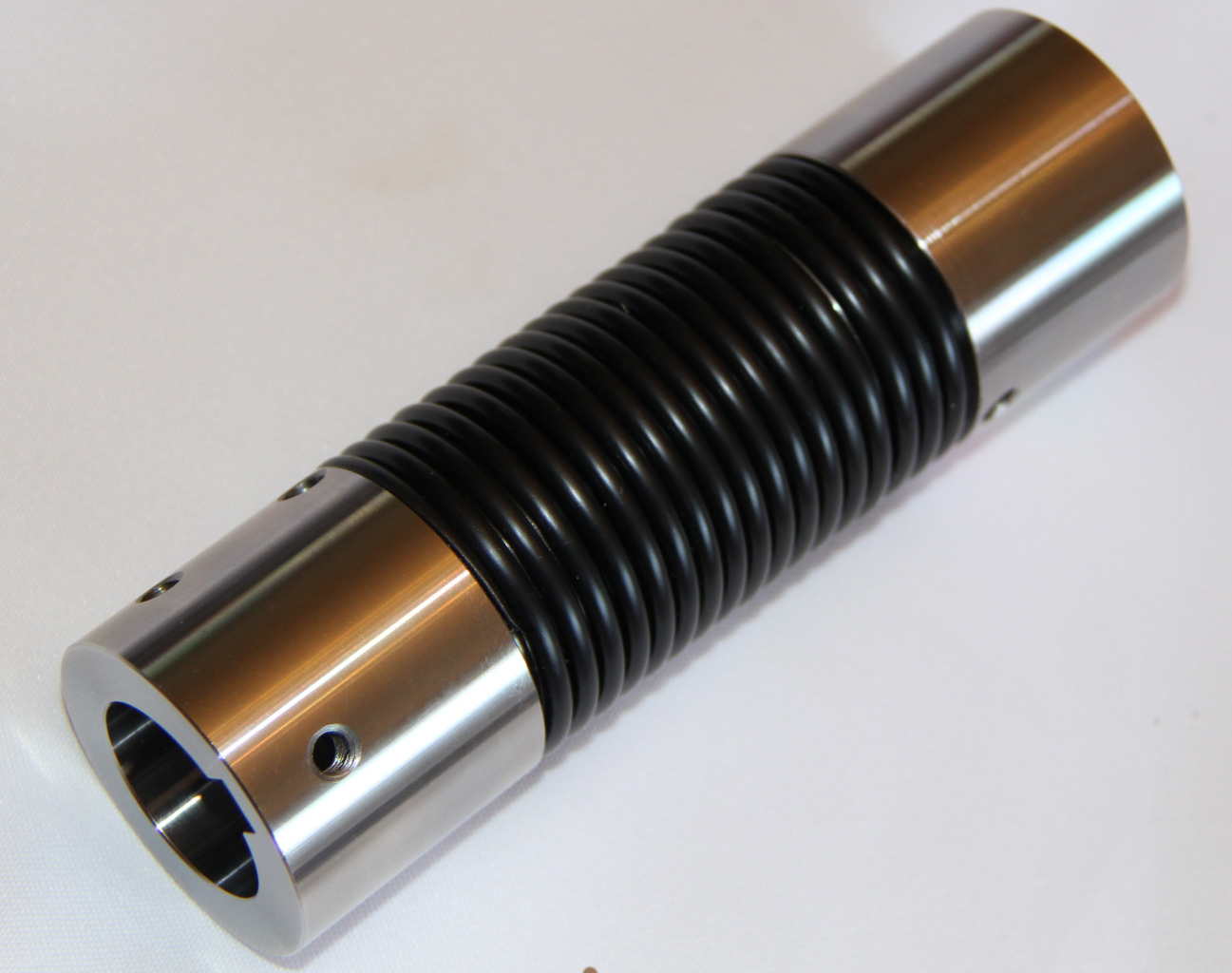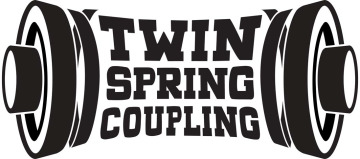Twin Spring Coupling releases its TSC150 flexible coupling
Twin Spring
Coupling releases its new TSC150, a hybrid flexible coupling unit that replaces
all Universal, Jaw, Beam, Bellows and other flexible couplings.
Pearl River New York - Twin Spring Coupling announced today
the release of its 3rd product line the TSC150.
Twin Spring Couplings patented design allows the coupling to
do the job of two different coupling technologies in the one, as well as
offering a truly maintenance free product as it contains no bearings.
The Twin Spring Coupling TSC150 can handle high speed/low
misalignment, while being more flexible than the current flexible couplings due
to its dual spring construction. Typically, couplings can only work at +/-6°
out of alignment before they start to wear out,
It can also run at lower speeds and higher misalignment like
the industry standard universal joint, which requires constant maintenance (greasing
and worn bearing replacement).
Adding to that, Twin Spring Coupling’s one-piece design also
means no broken yokes which is another area of product failure with universal
joints.
The Twin Spring Coupling is torque rated to 150 ft lbs of
torque and can run at speeds of up to 3500 RPM at low degrees of misalignment.
A coupling replacement for industrial distribution customers. Replace any flexible coupling, whether its a beam, bellows, Jaw or universal joint with a maintenance free flexible alternative.
Couplings in the industrial sector have a number of issues to contend with, annual maintenance, fundamental design flaws coming from a century old technology,
Industrial distribution has evolved but the technology that makes up the couplings has not. Twin Spring Coupling offers something different.
Traditional couplings can only run at angles of 2 degrees or less otherwise you get wear out, universal joints the bearings within the propeller shaft of the universal joint, the bearing races will start to wear on the outside which means the ball bearings will become loose and that creates vibration and with continal wear the ball bearings will fail. The bearings need also to be constantly greased otherwise the ball bearings will not have any lubrication, and with them running at high speed the balls will seize in their tracks again leading to bearing failure.
Jaw couplings the spiders wear after use of 1-2° and yokes can crack.
Bellows are only good for 2° before they start to wear.
Beam couplings can only run at 4°
Twin Spring Coupling can run at 20° without needing to be lubrication, and at low angles of misalignment, comparable high speeds to traditional industrial couplings.
Ball bearings being very precise instruments also need to be contained to ensure infiltration by any foreign contaminants, as things like water, mud, dust or dirt will again cause the ball bearings to seize in their tracks and this means bearing failure.
The other downside to a universal joint are the yokes which the bearings are contained in, the coupling piece of the yokes are quite tough but the section that contains the bearings not so much as they have to hold the bearings, this is a weak point as the bearings are usually less than 2" across so the machining to contain the bearings is alot smaller than the rest of the yoke, which means the likely of them cracking is that much higher. Cracking leads to catastrophic failure and replacement of both the yoke and universal joint is assured. This makes it an expensive repair as with the price of the yoke and universal joint, it is usally cheaperr just to replace everything, both yokes and the propeller joint.
Twin Spring Coupling is different it replaces the entire U joint, yokes, propeller/cross bearings everything, with a simple one piece design. It can also replace any U joint offroad model as well.
Designed with no internal components like bearings, means our coupling is truly maintenance free, making it impervious to water, mud, dust, dirt and other contaminants. This saves time and on annual maintenance bills.
By being a one piece design also means Twin Spring Coupling wont break like the yokes do in traditional uni joints.
Our coupling is available in all the standard industry splines for easy replacement or retrofit for OEM.
Universal joint replacement for Lovejoy, TB Woods, Ruland, Zero Max, TSubaki, R+W couplings
Flexible up to 30 degrees Under load (45 degrees not under load)
Spicer 1310 and 1350 replacement Lovejoy DD8B, Lovejoy D10SS, Lovejoy NB10B replacement

Twin Spring Coupling TSC150 flexible coupling
Published by Twin Spring Coupling on Jan 31, 2020




